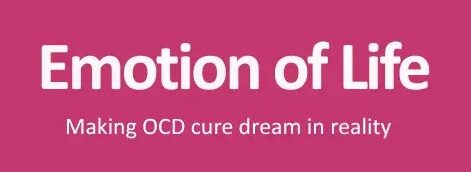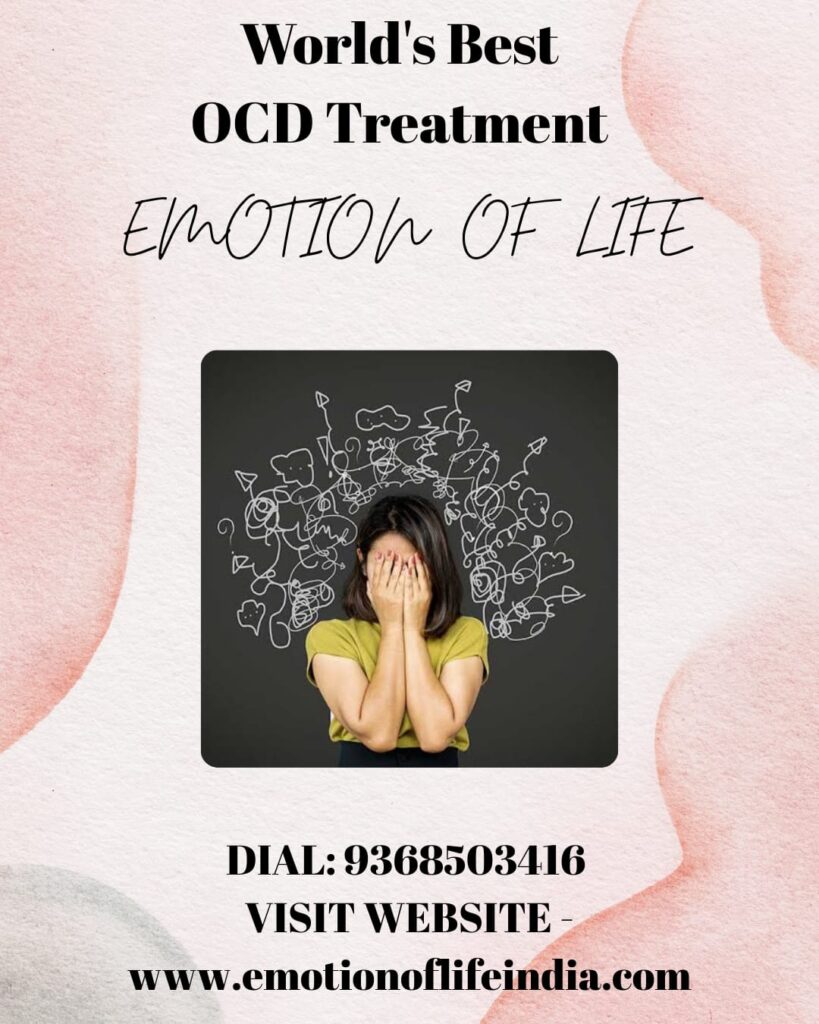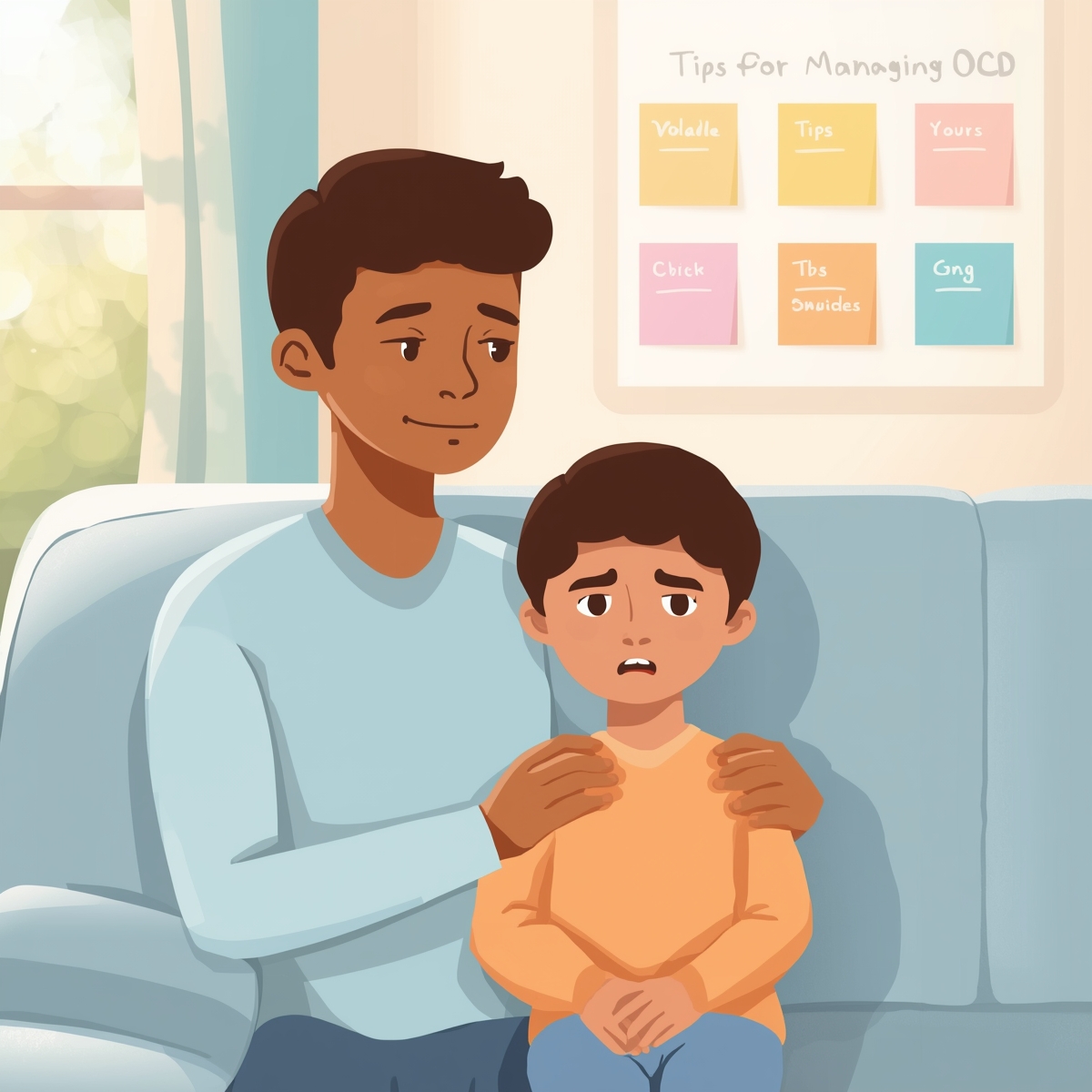Suicidal OCD Treatment
Suicidal OCD Treatment Suicidal Obsessive-Compulsive Disorder (Suicidal OCD) is a specific subtype of OCD characterized by persistent, intrusive thoughts about ending one’s life or harming oneself. These thoughts or mental images are unwanted and distressing, often leading to overwhelming fear and emotional turmoil. Unlike typical OCD, which may involve visible rituals, Suicidal OCD centers around the disturbing content of intrusive thoughts — which can cause severe anxiety and confusion.
Suicidal OCD Treatment This condition may overlap with other mental health challenges such as anxiety or major depressive disorder, making a comprehensive and individualized treatment approach essential. Managing Suicidal OCD often involves a blend of therapies, coping strategies, and strong emotional support. Techniques like Exposure and Response Prevention (ERP) and Cognitive Behavioural Therapy (CBT) have been shown to reduce the intensity of distressing thoughts, while some individuals may benefit from additional mood-stabilizing support. The goal of therapy is to create safety, emotional stability, and long-term mental resilience.
Common Indicators of Suicidal OCD
- Unwanted thoughts about death or self-harm: Recurring, intrusive thoughts or images about dying or harming oneself. These are not genuine desires but frightening mental intrusions that trigger anxiety.
- Emotional and physical symptoms: Fatigue, insomnia, racing thoughts, constant worry, and signs of depression are common experiences for those struggling with Suicidal OCD.
- Compulsive safety behaviors: Repeated checking to hide sharp objects, lock doors, or control the environment in an attempt to feel safe.
- Dual diagnoses: Suicidal OCD may coexist with other OCD subtypes or anxiety conditions, making treatment more complex but manageable with structured therapy.
- Avoidance of triggering content: Staying away from news, movies, or discussions about suicide due to fear of triggering intrusive thoughts.
Important: Anyone experiencing ongoing suicidal thoughts should seek immediate professional support or reach out to a trusted helpline. These thoughts are symptoms of distress, not an intent or moral failing.
Obsessive Thoughts in Suicidal OCD
- Fear of dying suddenly: Obsessions may revolve around accidents, falling, drowning, or being harmed, despite no logical basis for fear.
- Shame about intrusive thoughts: Individuals often feel guilty or weak for having such thoughts, which can intensify emotional pain.
- Worry about social stigma: Fear of being misunderstood or labeled unstable may cause withdrawal from others.
- Fear of hurting loved ones emotionally: Persistent concern that one’s death could devastate family or friends.
- Fear of losing control: Anxiety that one might impulsively act on suicidal thoughts, even without any actual desire to do so.
Compulsive Behaviors Linked to Suicidal OCD
- Mental replaying and rumination: Constantly analyzing or mentally revisiting suicidal thoughts in an effort to make them go away.
- Repetitive rituals to neutralize fear: Engaging in counting, praying, or checking behaviors to prevent perceived harm.
- Self-harm as avoidance: In rare cases, self-injury or substance use may arise as an attempt to cope with mental distress, not as a wish to die.
- Avoidance behaviors: Steering clear of objects, environments, or conversations associated with death or danger.
- Reassurance seeking: Repeatedly asking others — or oneself — “Am I really suicidal?” as a way to reduce fear and confusion.
Treatment: Suicidal OCD Treatment and Management of Suicidal OCD
Treatment for Suicidal OCD focuses on both safety and emotional healing. Cognitive Behavioural Therapy (CBT) and Exposure and Response Prevention (ERP) are highly effective in reducing anxiety around intrusive thoughts. ERP helps individuals confront distressing thoughts safely, learning that they can tolerate discomfort without acting on compulsions. Over time, the fear associated with suicidal obsessions decreases.
Mindfulness and Acceptance and Commitment Therapy (ACT) also play a vital role by teaching individuals to observe their thoughts without judgment. Building a support network — family, therapists, or peer groups — helps reduce isolation and reinforces emotional security. For some, professional medical supervision may also be included to manage coexisting anxiety or depression.
Conclusion on Suicidal OCD Treatment
Suicidal OCD is a painful and often misunderstood condition centered on unwanted thoughts of suicide or self-harm. These thoughts do not reflect a true desire to die; instead, they are a symptom of fear-driven obsessive thinking. The key to recovery lies in understanding the nature of these thoughts, learning to accept uncertainty, and working with trained professionals through structured therapy.
With consistent guidance, ERP, CBT, and emotional support, individuals can regain peace, stability, and confidence in life. Recovery begins with awareness — recognizing that intrusive suicidal thoughts are not choices but treatable symptoms of a mind seeking relief and healing.
Call: +91 9368503416 www.emotionoflife.in Email: info@emotionoflife.in
Book Now | Review | OCD Types | Our Experts | Success Stories| Contact Us| MyPsychologist









